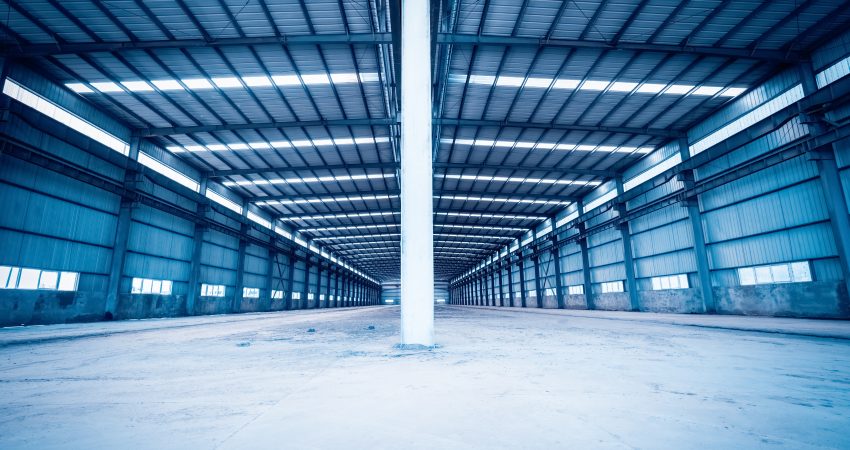Understanding Different Types of Pre-Engineering Buildings
Pre-engineering buildings (PEBs) are revolutionizing the construction industry with their speed of assembly, cost efficiency, and versatility. They are prefabricated steel structures designed and manufactured in a factory, then transported to the site for assembly. This approach not only reduces construction time but also ensures consistency in quality. Below, we explore the various types of PEBs and their applications across different sectors.
Types of PEBs
PEBs can be categorized based on their structural configurations and materials used. Common classifications include:
- CS (Clear Span): Designed without internal columns, clear span structures are ideal for large open spaces such as aircraft hangars, sports arenas, and warehouses.
- SS (Single Slope): These buildings have a single-sloped roof design, often used in structures like workshops and small industrial units.
- MS1 (Multi-Span with One Row of Columns): Incorporates a single row of internal columns, balancing cost efficiency and unobstructed space.
- MS2 (Multi-Span with Multiple Rows of Columns): Features multiple rows of internal columns, suitable for large manufacturing plants or storage facilities where space segmentation is acceptable.
- MS3 (Multi-Span with Three or More Rows of Columns): Designed for very large structures where cost efficiency is prioritized over unobstructed space.
- MG1 (Mono-Gable Structure): A single-gable roof design, often used for small industrial or agricultural buildings.
- LT (Lightweight Structures): Focused on portability and ease of assembly, suitable for temporary setups like exhibition halls and shelters.
- RS (Ridge and Span): Combines sloped roof design with central ridge beams, commonly used for warehouses and logistics hubs.
1. Industrial Buildings
Industrial structures like warehouses, manufacturing units, and factories are among the most common applications of PEBs. These buildings are designed for large spans and heavy loads, making them ideal for:
- Warehouses: Providing ample storage space with clear spans and minimal obstructions.
- Manufacturing Plants: Supporting machinery and production lines with high ceilings and durability.
- Cold Storage Facilities: Offering insulated structures for temperature-controlled environments.
2. Commercial Buildings
PEBs are gaining traction in the commercial sector due to their aesthetic flexibility and quick construction time. Examples include:
- Shopping Malls: Offering large open spaces with modern designs.
- Office Buildings: Providing modular, customizable workspaces.
- Retail Stores: Enabling rapid setup with attractive exteriors.
3. Agricultural Buildings
PEBs play a crucial role in the agricultural industry, where robust and functional structures are essential. These include:
- Barns: Durable shelters for livestock and equipment.
- Grain Storage Facilities: Protecting crops from weather and pests.
- Greenhouses: Supporting controlled environments for plant growth.
4. Institutional Buildings
Institutions such as schools, colleges, and hospitals are adopting PEBs to meet their infrastructure needs quickly and cost-effectively. Key features include:
- Educational Facilities: Classrooms, auditoriums, and sports halls.
- Healthcare Facilities: Clinics, diagnostic centers, and rehabilitation centers.
- Community Centers: Multi-purpose halls for events and gatherings.
5. Recreational Buildings
Sports complexes, gyms, and amusement parks often utilize PEBs for their large spans and customizable designs. Specific examples include:
- Indoor Sports Arenas: Accommodating courts and seating arrangements.
- Swimming Pools: Creating climate-controlled environments.
- Theme Parks: Supporting structures for rides and exhibits.
6. Residential Buildings
While less common, PEBs are also finding applications in residential housing due to their affordability and sustainability. Features include:
- Prefab Homes: Quick assembly and energy efficiency.
- Dormitories: Modular housing for workers or students.
- Apartment Complexes: Cost-effective solutions for mass housing projects.
Advantages of Pre-Engineering Buildings
- Cost Efficiency: Reduced material wastage and labor costs.
- Speed of Construction: Prefabrication shortens the overall project timeline.
- Flexibility in Design: Customizable layouts and aesthetic features.
- Durability: High resistance to adverse weather and seismic conditions.
- Eco-Friendly: Recyclable materials and energy-efficient designs.
Conclusion
Pre-engineered buildings are transforming the construction landscape by offering versatile and efficient solutions for a wide range of applications. From industrial warehouses to elegant commercial spaces, these structures meet modern demands with style and functionality. As technology continues to advance, the scope and potential of PEBs will only expand further, making them a cornerstone of future construction projects.
